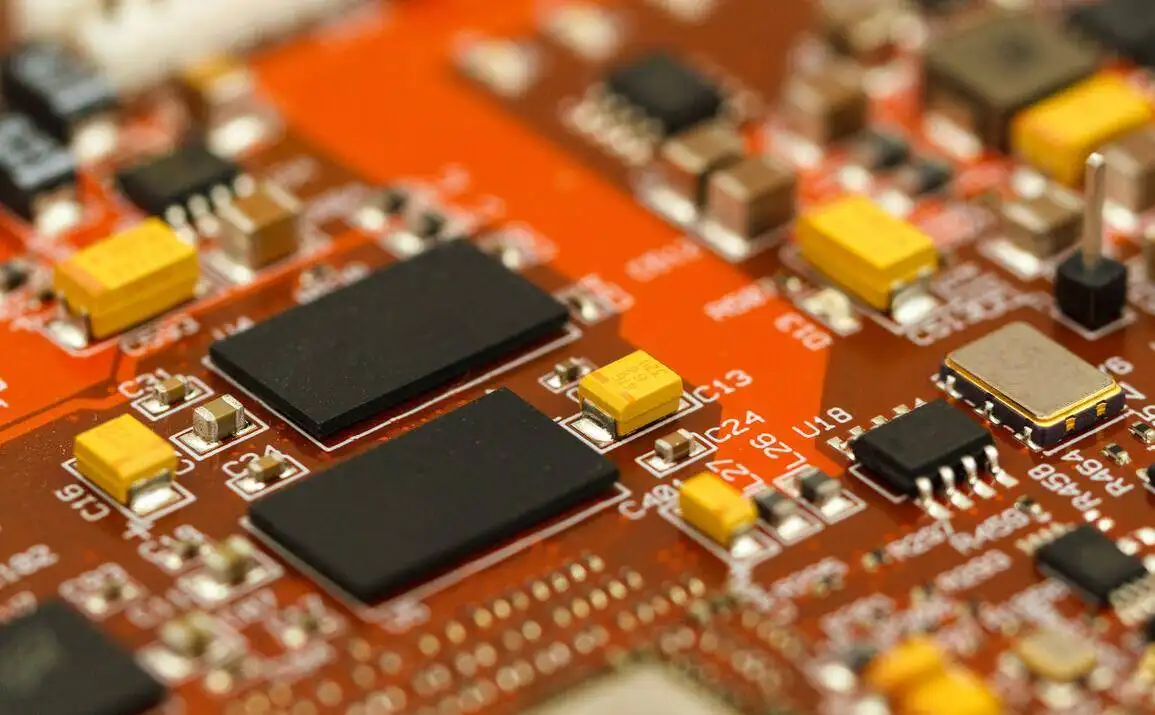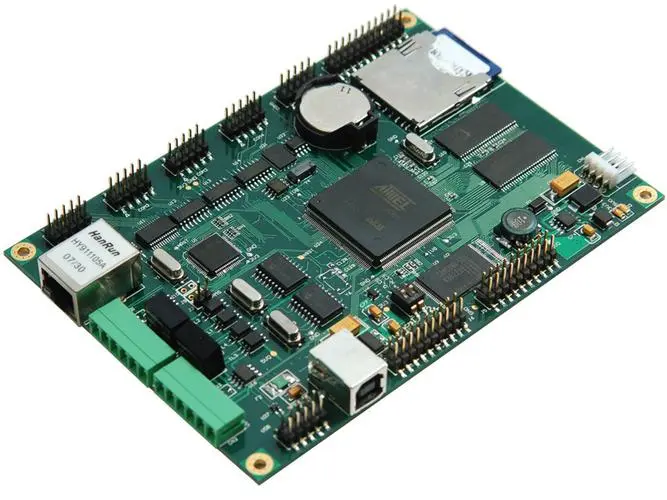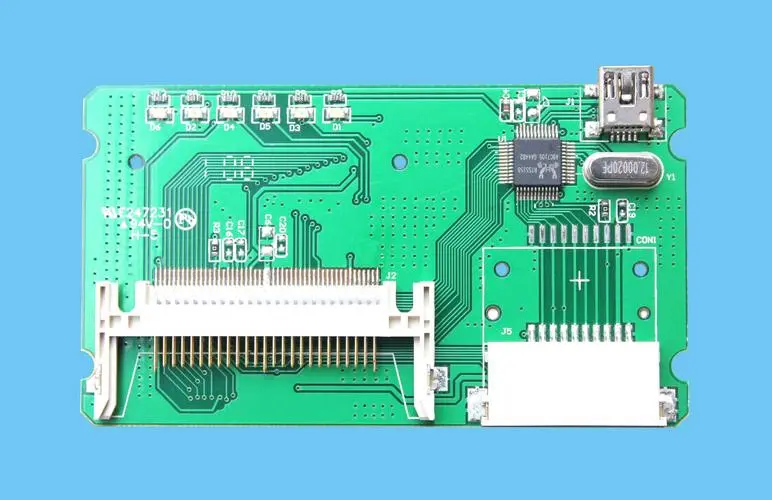
We all know that there is no square without rules, and the same is true in PCB technology. What specifications should we pay attention to when designing PCB? Layout design specification A. The distance from the plate edge shall be greater than 5mm=197mil B. Place components closely related to the structure first, such as connectors and switches,
We all know that "no rules, no circles", and the same is true in technology. What specifications should we pay attention to when designing PCB?
Layout Design Specifications
A. The distance from the plate edge shall be greater than 5mm=197mil
B. First place components closely related to the structure, such as connectors, switches, power sockets, etc
C. Priority shall be given to the core components of the circuit function block and the larger components, and then the surrounding circuit components shall be placed with the core components as the center
D. The components with high power shall be placed at the position conducive to heat dissipation
E. Components with large mass shall not be placed in the center of the board, and shall be placed close to the fixed edge in the chassis
F. The components with high-frequency connections shall be as close as possible to reduce the distribution of high-frequency signals and electromagnetic interference
G. Input and output elements shall be kept as far away as possible
H. Components with high voltage shall be placed at places where it is not easy to touch during commissioning
1. The thermal element shall be far away from the heating element
J. Adjustable elements shall be arranged for easy adjustment
K. Considering the signal flow direction, reasonably arrange the layout to make the signal flow as consistent as possible
L The layout shall be uniform, neat and compact
M. SMT components should pay attention to the consistent direction of the bonding pad as much as possible to facilitate assembly and welding and reduce the possibility of bridging
N. Decoupling capacitor shall be near the power input terminal
O. The element height of wave soldering surface is limited to 4mm
P. For PCB with double-sided components, larger and denser ICs, plug-in components are placed on the top layer of the board, and the bottom layer can only place smaller components and loosely arranged patch components with fewer pins

Q. It is particularly important to add heat sink to small PCB components with high heat. Copper coating can be used to dissipate heat under high-power components, and thermal sensors should not be placed around these components as much as possible
R. High speed components shall be close to connectors as far as possible; The digital circuit and analog circuit should be separated as far as possible, preferably by grounding, and then single point grounding
S. The distance from the positioning hole to the nearby PCB pad shall not be less than 7.62mm (300mil), and the distance from the positioning hole to the edge of the surface mounted device shall not be less than 5.08mm (200mil)
Wiring Design Specification
A. The line should avoid acute angle and right angle, and should be routed at 45 degrees
B. The signal lines of adjacent layers are in the orthogonal direction
C. High frequency signal shall be as short as possible
D. The adjacent parallel wiring of input and output signals shall be avoided as far as possible. It is better to add ground wire between lines to prevent feedback coupling
E. The direction of double-sided board power cord and ground wire should be consistent with the data flow direction to enhance the anti noise ability
F. Digital and analog shall be separated. The line width of clock line and high-frequency signal line shall be considered according to the characteristic PCB impedance requirements to achieve impedance matching
G. The whole circuit board shall be wired and punched evenly
H. Separate power layer and stratum, power line and ground wire shall be as short and thick as possible, and the loop formed by power and ground shall be as small as possible
1. The clock wiring shall be less perforated, and parallel wiring with other signal lines shall be avoided as far as possible, and it shall be far away from general signal lines to avoid interference with signal lines; At the same time, avoid the power part on the board to prevent the power and clock from interfering with each other; When there are multiple clocks of different frequencies on a circuit board, two clock lines of different frequencies cannot be routed in parallel; The clock line shall not be close to the output interface, and the high-frequency clock shall not be coupled to the output CABLE line and transmitted; If there is a special clock generation chip on the board, no wiring is allowed below it, but copper should be laid below it, and the ground should be specially cut if necessary
J. Paired differential signal lines are generally laid in parallel with as few holes as possible. When holes must be punched, the two lines should be punched together to achieve impedance matching
K. When the distance between two solder joints is very small, PCB solder joints shall not be directly connected; The vias from the paster should be as far away from the PCB pad as possible







